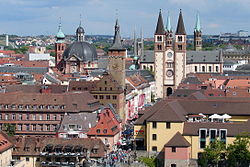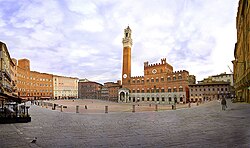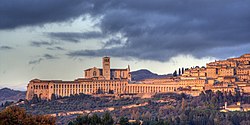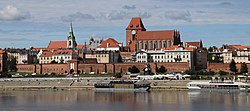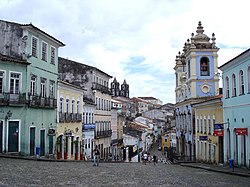



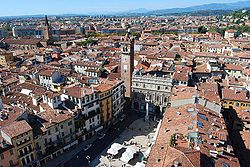
In a city or town, the old town is its historic or original core. Although the city is usually larger in its present form, many cities have redesignated this part of the city to commemorate its origins. In some cases, newer developments on the periphery of the original settlement may have become the town's principal commercial and/or residential hub, leaving the historic "old town" as a secondary focus. There are many places throughout the world referred to as the old town (sometimes construed as a proper noun and capitalized). This is a list of some famous old towns:
Contents
- Africa
- Algeria
- Egypt
- Ethiopia
- Ivory Coast
- Kenya
- Libya
- Mali
- Morocco
- Niger
- Senegal
- Tanzania/Zanzibar
- Tunisia
- Asia and the Pacific
- Australia
- Bangladesh
- Cambodia
- China
- Fiji
- India
- Indonesia
- Japan
- Malaysia
- Myanmar
- Nepal
- New Zealand
- Pakistan
- Philippines
- Singapore
- South Korea
- Taiwan
- Thailand
- Uzbekistan
- Vietnam
- Europe
- Austria
- Armenia
- Albania
- Azerbaijan
- Belgium
- Bosnia and Herzegovina
- Bulgaria
- Croatia
- Czech Republic
- Cyprus
- Denmark
- Estonia
- Finland
- France
- Georgia
- Germany
- Greece
- Italy
- Latvia
- Lithuania
- Luxembourg
- Montenegro
- Moldova
- Netherlands
- North Macedonia
- Norway
- Poland
- Portugal
- Romania
- Russia
- Serbia
- Slovakia
- Spain
- Sweden
- Switzerland
- Turkey
- Ukraine
- United Kingdom
- Middle East
- Israel and Palestine
- Lebanon
- Saudi Arabia
- Syria
- Yemen
- Iran
- Iraq
- North America
- Canada
- Cuba
- Dominican Republic
- Mexico
- Panama
- Puerto Rico
- United States
- South America
- Argentina
- Brazil
- Colombia
- Ecuador
- Uruguay
- Other uses
- See also
- References
- Further reading
- External links


























